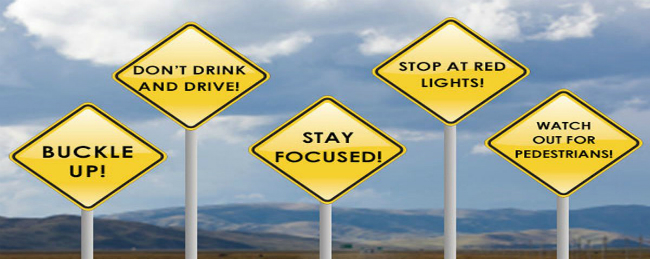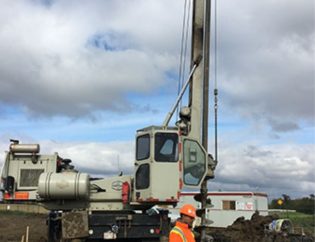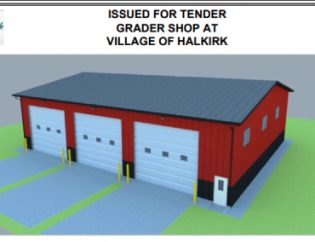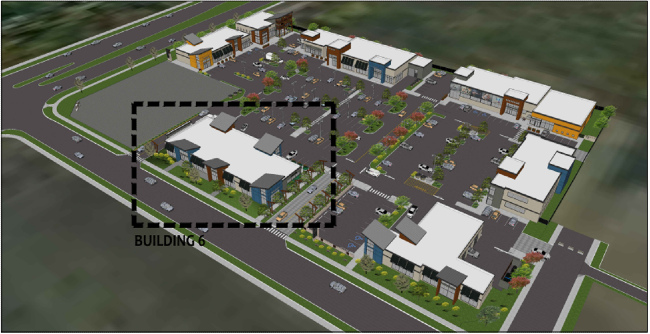
Generally Safe Work Practices (SWP) are written procedures that outlines how to perform a task with none or minimum risk to people, equipment, materials, environment and processes. But when it comes to driving, the procedures need to be strictly followed since the vehicle accidents can be catastrophic.
Safe Driving practices are often found in the license study booklets or company’s safety manuals. However it’s often discovered that once the driver gets used to driving, the more he drives, the more he becomes complacent and starts doing unsafe practices such as:
- Speeding through the yellow lights.
- Failing to stop at red lights or stop signs.
- Not performing blind spot checks while changing lanes or turning.
- Failing to maintain speed limits.
- Not wearing seat belts or carrying passengers not wearing seat belts.
- Talking or texting over phone while driving
- Eating or drinking while driving
Nowadays in almost every company’s Health and safety manuals, Safe work practices for Driving are included to ensure employees drive safely and minimize the risk of injury to employees and members of public and loss of property arising from vehicle incidents.
For employees or general drivers, standard safe work practices for driving can include the following:
- Drivers must adhere to all vehicle codes, company procedures and manufacturer’s recommended operating guidelines associated with motor vehicle operation
- Drivers must ensure that the operating license is valid, appropriate and current and carried off at all times along with vehicle permit, insurance and registration
- Drivers must be conversant with traffic laws and applicable legislation
- Drivers must perform a ‘walk around’ inspection prior to start driving to ensure tire and lights are in good working condition
- Driver should not carry number of passengers more than the number of active seat belts
- Drivers must ensure seatbelts are worn at all times (including the front and back passengers) while the vehicle is in motion
- Drivers must keep the lights, reflectors and glass clean at all times, especially under severe weather and road condition
- Drivers must ensure that the speed limit is maintained at all times. Exercise caution for construction works, traffic conditions, flooding, and weather condition
- Drivers must avoid tailgating or following too close
- Drivers must pay attention to the conditions at the back of the vehicle while backing up
- Drivers must slow down and apply caution while approaching any railway crossing
- Drivers should not park the vehicle in such a manner as to obstruct traffic or create a hazardous situation
- Drivers must ensure the vehicle is geared with first aid kit, emergency road kit, fire extinguisher and the spare tire
- Drivers must avoid driving if case of fatigue or being under the influence of drug & alcohol







